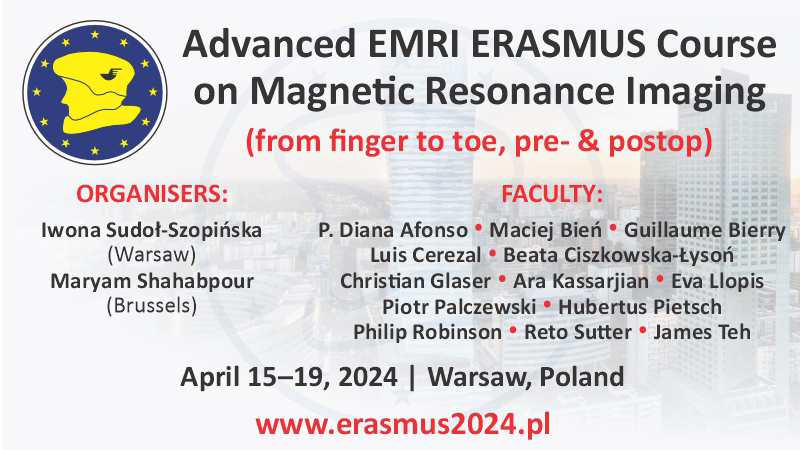Ultrasound evaluation of the scapholunate ligament and scapholunate joint space in patients with wrist complaints in a rheumatologic setting
Paolo Falsetti, Edoardo Conticini, Caterina Baldi, Marco Bardelli, Suhel Gabriele Al Khayyat, Roberto D’Alessandro, Luca Cantarini, Bruno Frediani
 Affiliation and address for correspondence
Affiliation and address for correspondenceAim: The aims of the study were to perform an ultrasound assessment of the dorsal portion of the scapholunate interosseous ligament and scapholunate joint space in patients with wrist complaints in a rheumatologic setting, to describe ultrasound abnormalities about scapholunate interosseous ligament region, and to correlate them with clinical data, presence of dorsal ganglion cysts and diagnoses of rheumatic diseases. Material and methods: Seventy-four consecutive patients with wrist pain and/or swelling were evaluated by routine power Doppler ultrasound. Forty normal wrists were studied to confirm the normality values of the scapholunate joint. Results: The mean width of the normal scapholunate joint was 2.49 mm (±0.49 SD), with a coefficient of variation on repeated measurements of 3.662%. The best predictors of scapholunate interosseous ligament degeneration were: older age (p < 0.0001), male gender (p = 0.0049), and radiocarpal effusion (p = 0.0156). The presence of osteophytosis and calcifications of the scapholunate joint were higher (p < 0.001) in rheumatic patients. Scapholunate calcifications showed a sensitivity of 98.2% and a specificity of 61.1% for calcium pyrophosphate deposition disease. Dorsal ganglion cysts were more frequent in younger subjects (p < 0.0012) without rheumatic conditions (p < 0.0001) or midcarpal synovitis (p < 0.0001). Larger cysts often exhibited power Doppler signal (p < 0.0001). The best predictors of scapholunate dissociation were: male gender (p = 0.0002), presence of midcarpal synovitis (p < 0.0137), and higher grade of scapholunate interosseous ligament degeneration (p < 0.0001). Scapholunate widening was greater (p = 0.0419) in calcium pyrophosphate deposition disease or rheumatoid arthritis than in other rheumatic conditions. Conclusions: Ultrasound findings of scapholunate interosseous ligament degeneration and calcification, scapholunate space enlargement, and dorsal ganglion cysts should be considered in ultrasound reporting, since they add useful information about the diagnosis of associated rheumatic conditions.






